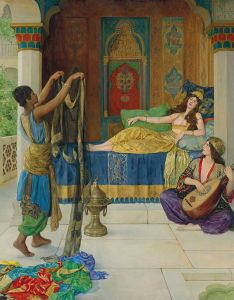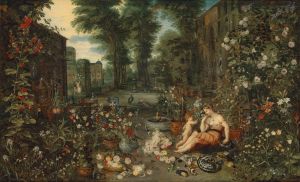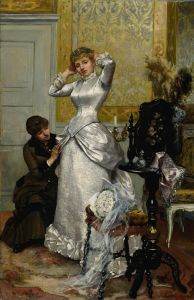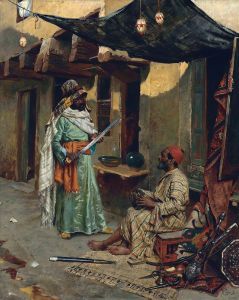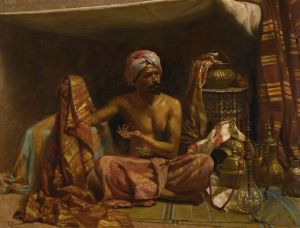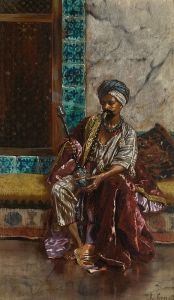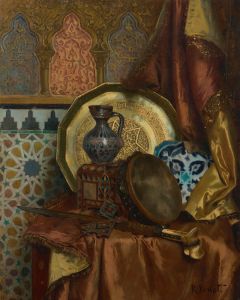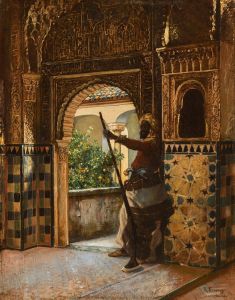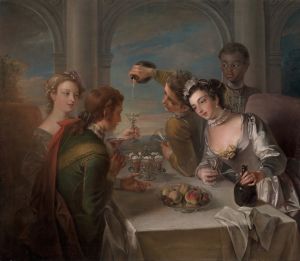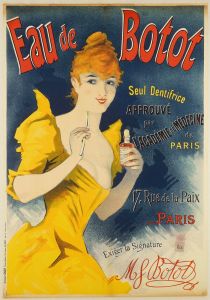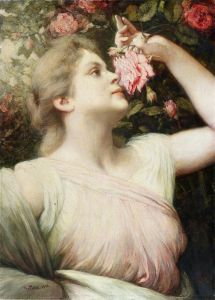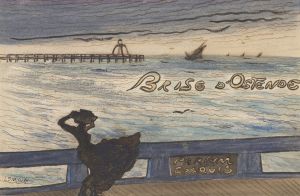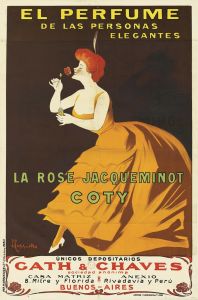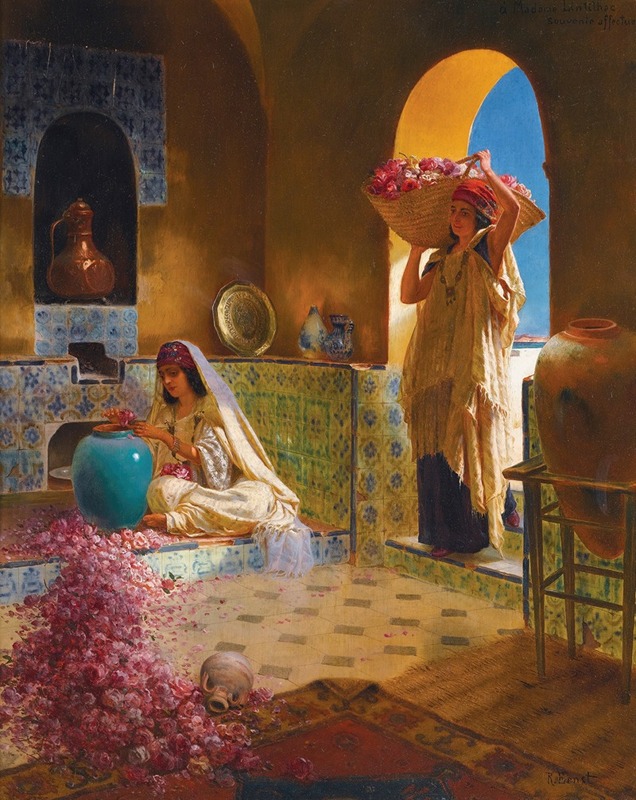
The Perfume Makers
A hand-painted replica of Rudolf Ernst’s masterpiece The Perfume Makers, meticulously crafted by professional artists to capture the true essence of the original. Each piece is created with museum-quality canvas and rare mineral pigments, carefully painted by experienced artists with delicate brushstrokes and rich, layered colors to perfectly recreate the texture of the original artwork. Unlike machine-printed reproductions, this hand-painted version brings the painting to life, infused with the artist’s emotions and skill in every stroke. Whether for personal collection or home decoration, it instantly elevates the artistic atmosphere of any space.
Rudolf Ernst's painting The Perfume Makers is a notable example of Orientalist art, a genre that gained popularity in 19th-century Europe. Ernst, an Austrian painter born in 1854, was known for his detailed and vibrant depictions of scenes inspired by the Middle East, North Africa, and the Islamic world. His works often portrayed idealized and romanticized views of daily life, architecture, and customs in these regions, reflecting the fascination with "exotic" cultures that was prevalent among European audiences of the time.
The Perfume Makers showcases Ernst's meticulous attention to detail and his ability to create richly textured compositions. The painting depicts a scene of artisans engaged in the craft of perfume-making, a practice with deep historical and cultural significance in many parts of the Islamic world. The figures are surrounded by ornate furnishings, intricate patterns, and luxurious fabrics, elements that are characteristic of Ernst's work. These details demonstrate his skill in rendering textures and his interest in capturing the opulence and refinement often associated with the Orient in European art.
Ernst's artistic style was heavily influenced by his travels and his exposure to Islamic art and architecture. While there is no concrete evidence that he visited all the regions he depicted, his works reflect a deep appreciation for the aesthetics of these cultures. He often incorporated elements such as geometric designs, arabesques, and calligraphy into his paintings, drawing from the visual language of Islamic art.
The painting is a product of its time, reflecting the 19th-century European fascination with the "Orient" as a place of mystery, luxury, and tradition. However, like much Orientalist art, it is important to view The Perfume Makers within the context of its historical and cultural framework. Orientalism as a movement has been critiqued for perpetuating stereotypes and for its tendency to depict non-European cultures through a lens of exoticism and otherness.
Today, The Perfume Makers is appreciated for its technical mastery and its role in the broader history of Orientalist art. It serves as a window into the artistic trends and cultural attitudes of 19th-century Europe, as well as a testament to Rudolf Ernst's skill as a painter. The exact location of the painting, whether in a museum or private collection, is not widely documented.





